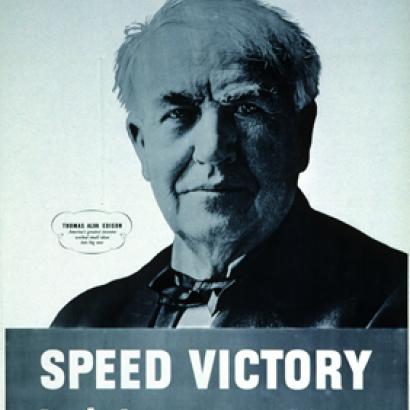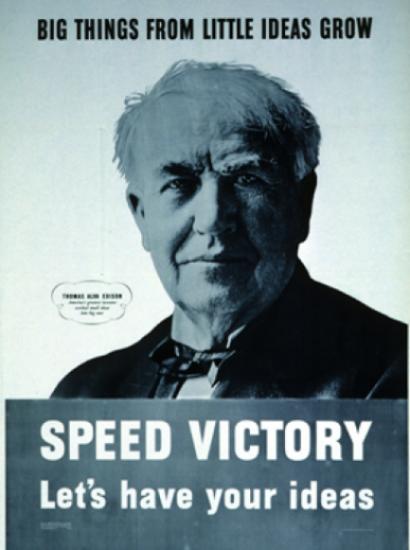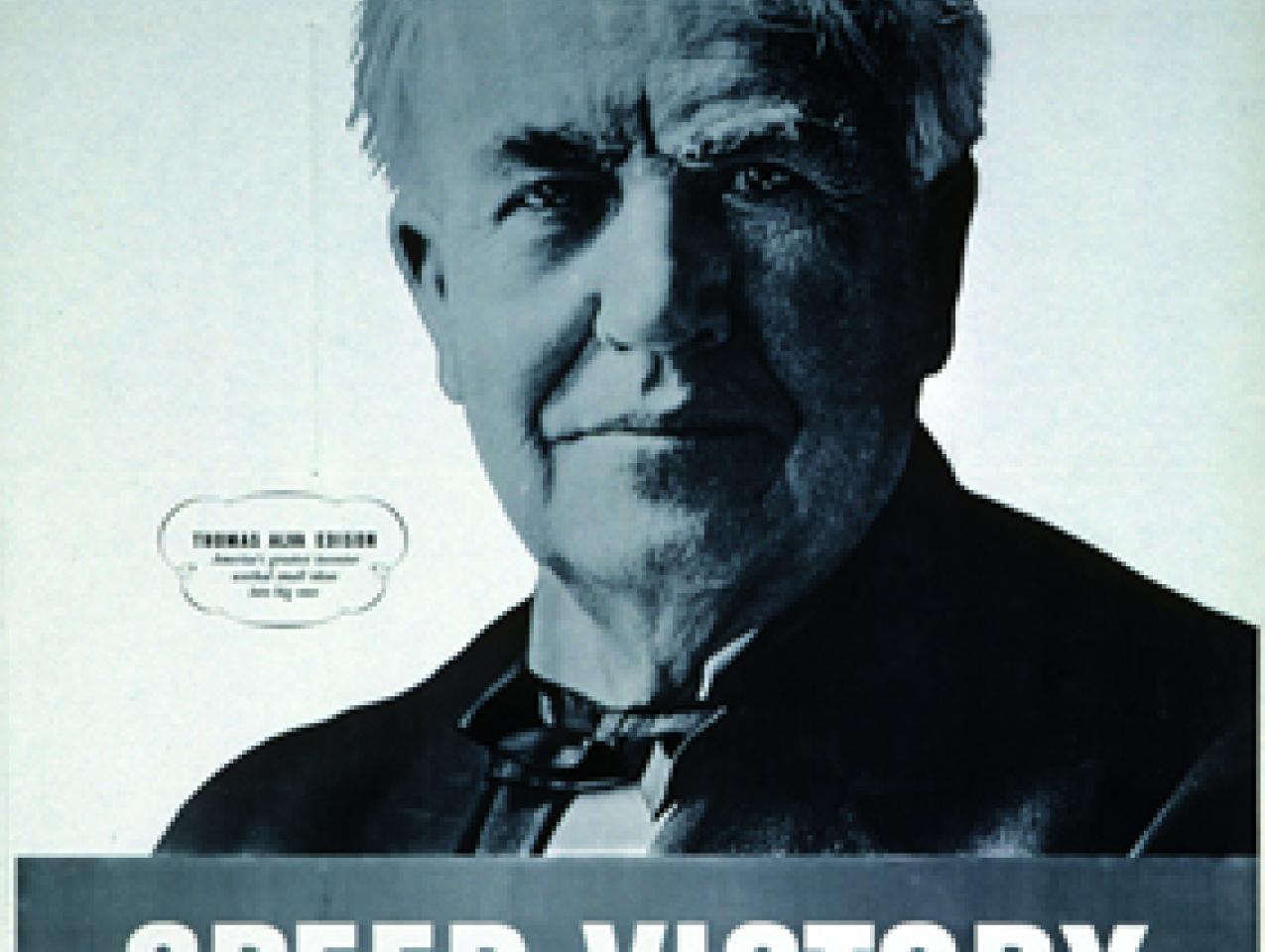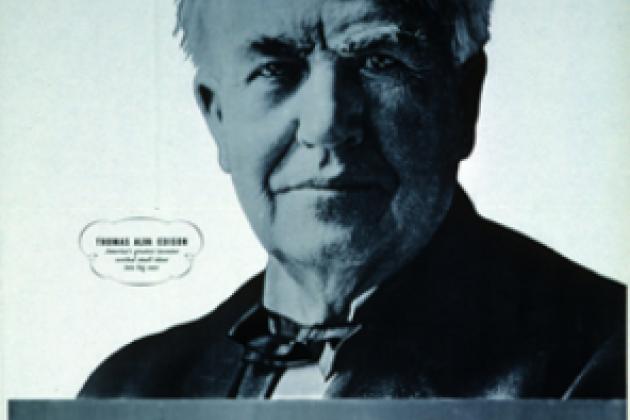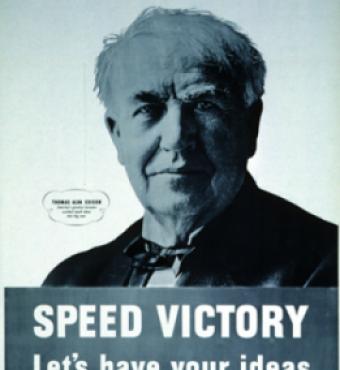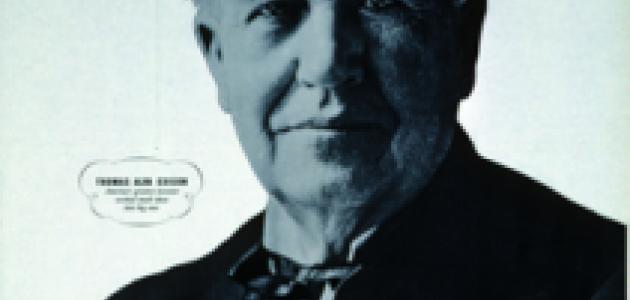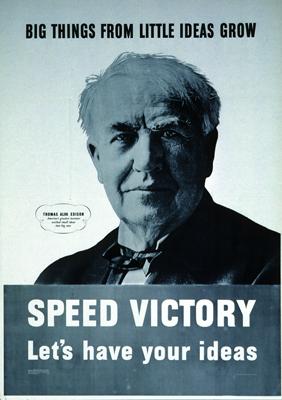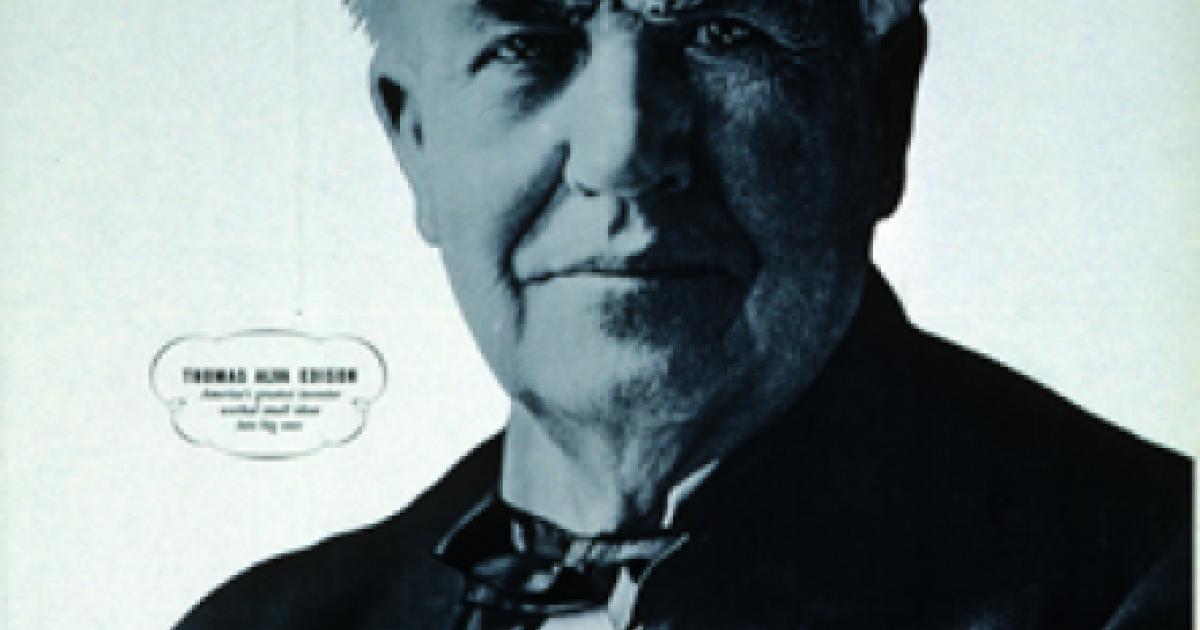- History
- Politics, Institutions, and Public Opinion
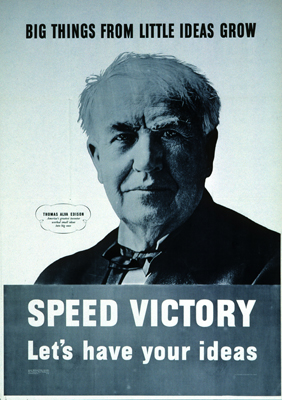
Early in the second week of his presidency, Donald Trump sparked fresh controversy with an executive order altering the composition of the National Security Council. The measure reduced the participation of the Director of National Intelligence and the Chairman of the Joint Chiefs of Staff to meetings for which their expertise was relevant. The White House defended the changes with the argument that “some of the agencies would send people not at the appropriate level and/or people who are neither empowered to make decisions nor represent their departments; that there was too much discussion with too few decisions.” The measure also added White House senior advisor Stephen Bannon to the National Security Council.
Criticism of the measure was swift and vitriolic. Susan Rice, the last National Security Advisor of the Obama administration, tweeted, “This is stone cold crazy. After a week of crazy. Who needs military advice or intell to make policy on ISIL, Syria, Afghanistan, DPRK?” Mike Morell, former Deputy Director of the CIA, described the move as “unprecedented,” asserting that “I have never been to a principals’ meeting where the views of the DNI and the views of the Chairman are not relevant.” Morell added, “Having somebody like Bannon in the room brings politics into a room where there should be no politics.”
These criticisms reflect a disregard for history, some of it distant, some of it so near that former Obama administration officials could not be ignorant of it. Trump’s measure is a procedural one, and at this early juncture no one can be certain of the impact on policymaking. It is far from clear how many meetings will be affected, or how many of the affected meetings really would benefit from the presence of the officials in question.
Nor can anyone say how important the council’s meetings will be. Historically, some presidents have decided to make the National Security Council meeting a crucial element in the decision-making process, Dwight Eisenhower being the prime example. Other presidents, however, have given preeminence to different meetings. Lyndon Johnson, for instance, held the most crucial deliberations at a small gathering called the Tuesday lunch, to which the Chairman of the Joint Chiefs and the CIA Director were invited only intermittently. Johnson, it is worth adding, was widely criticized for paying insufficient attention to the views of the Joint Chiefs.
As Rice and Morell are well aware, Barack Obama’s decision-making process relied heavily on meetings with groups outside of the National Security Council. These meetings included small tête-à-têtes with the likes of Denis McDonough and Ben Rhodes—two of the most political White House advisers in U.S. history. They also included morning meetings in the office of the White House Chief of Staff, which were attended only by politicized national security staff like Tom Donilon and by pure political players like Valerie Jarrett and David Axelrod. As Obama-era Secretary of Defense Robert Gates observed, the Obama administration was more self-serving and less deferential to national security professionals than any in memory.
Ultimately, the extent to which the President heeds military and intelligence leaders has less to do with which meetings officials attend than the extent to which he respects their opinions. How much President Trump will heed the professionals in the next four years remains to be seen.
Unless he makes a concerted effort to shut his ears, he will at minimum do better than his predecessor.







